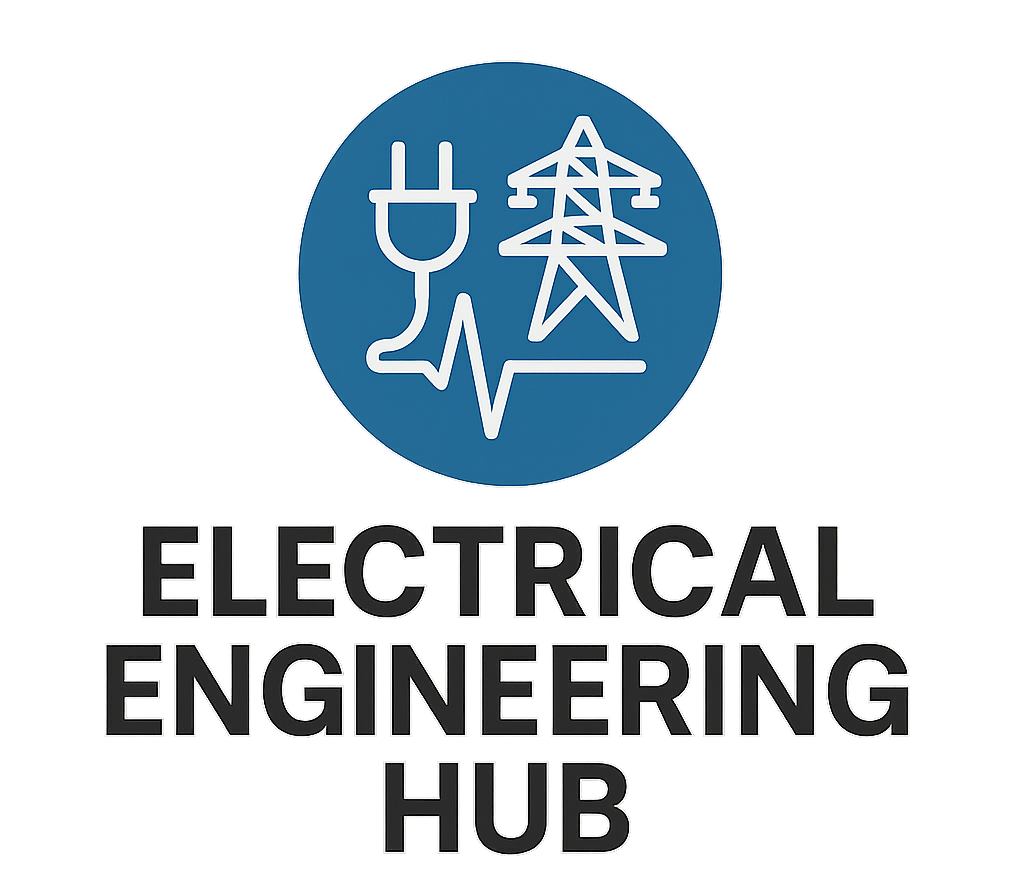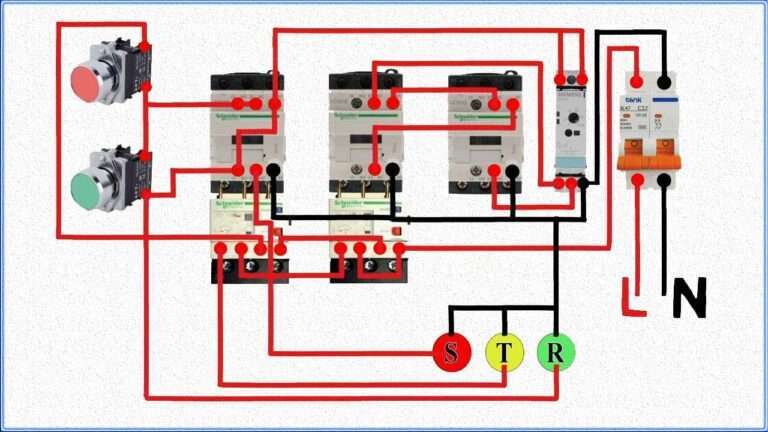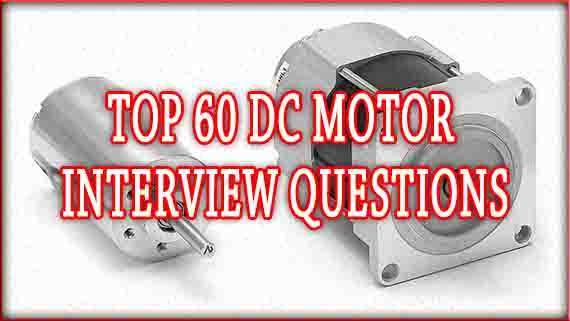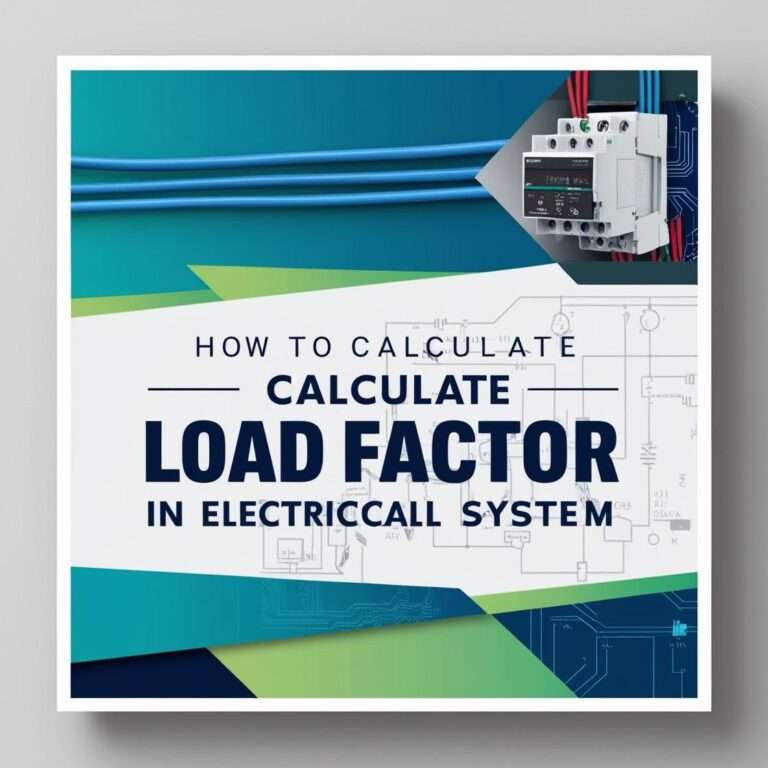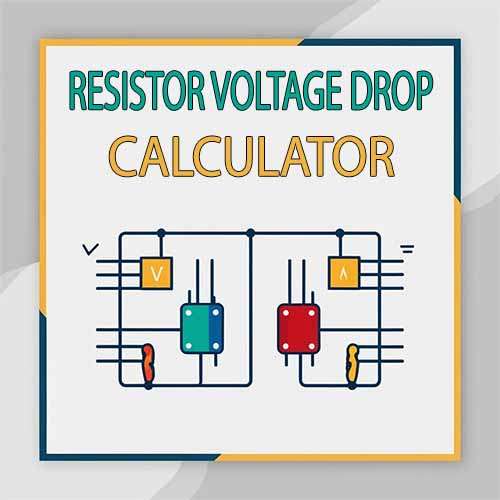Power Factor Correction Methods – Complete Technical Guide
Power factor is one of the most important concepts in electrical engineering and energy management. It affects the efficiency of power systems, the stability of industrial loads, and even the electricity bill for commercial facilities. A low power factor leads to wasted energy, higher current in cables, voltage drops, and unnecessary strain on transformers and generators. To deal with these challenges, engineers apply different power factor correction methods. These methods improve the power factor by reducing reactive power, thus making the system more efficient.
Table of Contents
Table of Contents

Power factor correction is not just a technical requirement. It is also a financial necessity for industries because many utilities impose penalties for low power factor. Correcting it helps reduce electricity costs, frees up system capacity, and ensures compliance with international standards.
Before we dive into the detailed power factor correction methods, it is important to understand the concept clearly. Power factor is defined as the ratio of real power (kW) to apparent power (kVA). When the power factor is close to 1, the system is highly efficient. However, in real applications, inductive loads like motors, transformers, and welding machines create a lagging power factor that needs correction.
Key Takeaways
- Power factor correction methods help improve energy efficiency and reduce electricity costs.
- Common techniques include capacitor banks, synchronous condensers, static VAR compensators, and modern active filters.
- Correcting power factor improves voltage stability, reduces transmission losses, and avoids penalties from utilities.
Why Power Factor Correction is Important
Poor power factor directly increases line losses and reduces the capacity of power systems. For example, a motor with 0.7 power factor requires much more current than the same motor operating at 0.95 power factor. This additional current creates heating in cables, voltage drop across feeders, and stresses on transformers.
Utilities also charge penalties for poor power factor. In many regions, if the average monthly power factor falls below 0.9, extra charges are added to the bill. This makes power factor correction essential not only for system reliability but also for financial savings.
Furthermore, improving power factor reduces carbon footprint. Since lower current is drawn from the grid, less energy is wasted, resulting in a more sustainable operation.
Understanding Different Power Factor Correction Methods
There are several power factor correction methods that engineers use depending on system size, load type, and budget. These methods can be broadly divided into passive methods and active methods. Passive methods generally use capacitors or synchronous condensers, while active methods involve power electronics like STATCOMs and active filters.
We will now explore these methods in detail.
Capacitor Banks as a Power Factor Correction Method
The most common and cost-effective power factor correction method is the use of capacitor banks. Capacitors provide leading reactive power that cancels out the lagging reactive power of inductive loads. By placing capacitors in parallel with the load, the overall power factor of the system improves.
For systems with fluctuating loads, an automatic capacitor bank provides dynamic correction without manual intervention.
Types of Capacitor Banks
- Fixed Capacitor Banks – Used for loads that remain constant. These are permanently connected and provide continuous correction.
- Automatic Capacitor Banks – Controlled by relays or controllers that switch capacitors in and out depending on load conditions. Ideal for systems with varying loads.
- Detuned Capacitor Banks – Equipped with reactors to avoid harmonic resonance. Useful in industries with high non-linear loads.
Advantages of Capacitor Banks
- Simple installation and low cost.
- Immediate improvement of power factor.
- No moving parts, hence low maintenance.
Limitations of Capacitor Banks
- Can cause overvoltage if oversized.
- Sensitive to harmonics.
- Limited lifespan due to dielectric stress.
Capacitors and synchronous condensers are the most widely used power factor correction devices in industries.
Synchronous Condensers as a Power Factor Correction Method
A synchronous condenser is a synchronous motor running without mechanical load. It operates at leading power factor by adjusting excitation. By supplying reactive power, it improves the power factor of the entire system.
Advantages of Synchronous Condensers
- Continuous and adjustable correction.
- Provide inertia and short-circuit strength to the system.
- Improve voltage regulation under heavy load conditions.
Limitations of Synchronous Condensers
- High initial and maintenance cost.
- Require regular lubrication and cooling.
- Not suitable for small-scale systems.
Static VAR Compensators (SVC)
A Static VAR Compensator (SVC) is a modern power factor correction method that uses thyristor-controlled reactors and capacitors. It provides fast and dynamic control of reactive power. SVCs are commonly used in high-voltage transmission systems and large industrial plants.
Advantages of SVCs
- Rapid response to load changes.
- Improve system stability.
- Can also mitigate voltage fluctuations and flicker.
Limitations of SVCs
- High cost compared to capacitor banks.
- Requires sophisticated controls and skilled operation.
- Sensitive to harmonics in some applications.
Active Power Factor Correction Methods
Active power factor correction methods use power electronics to generate or absorb reactive power. Devices like STATCOMs (Static Synchronous Compensators) and active filters fall into this category.
Static Synchronous Compensator (STATCOM)
STATCOM is a solid-state device based on IGBT or GTO technology. It can provide both leading and lagging reactive power with extremely fast response. It is widely used in modern smart grids and renewable energy systems.
Active Power Filters
Active power filters not only correct power factor but also eliminate harmonics. They are connected in parallel with the load and inject compensating current. This makes them highly effective in industries with non-linear loads like furnaces, inverters, and UPS systems.
Advantages of Active Methods
- Provide precise and dynamic correction.
- Eliminate harmonics and improve power quality.
- Suitable for modern industries with sensitive equipment.
Limitations of Active Methods
- Very expensive compared to passive solutions.
- Require advanced control systems.
- Complex installation and higher operational costs.
Comparison of Power Factor Correction Methods
| Method | Cost | Maintenance | Speed of Response | Applications |
|---|---|---|---|---|
| Capacitor Banks | Low | Very Low | Slow to Medium | General industries, commercial buildings |
| Synchronous Condenser | High | Medium | Medium | Power plants, heavy industries |
| SVC (Static VAR Compensator) | Medium to High | Medium | Fast | Transmission systems, steel plants |
| STATCOM | Very High | Medium | Very Fast | Smart grids, renewable integration |
| Active Filters | High | Medium | Very Fast | Non-linear industrial loads |
Choosing the Right Power Factor Correction Method
The selection of a correction method depends on several factors. For small and medium industries with stable loads, capacitor banks are the most practical choice. For systems requiring dynamic response, SVCs or STATCOMs are more suitable. If harmonic distortion is a major issue, active filters are the best solution.
Engineers must also consider cost, complexity, space requirements, and maintenance availability. For instance, synchronous condensers are technically effective but rarely used now due to their high cost and operational complexity.
Benefits of Applying Power Factor Correction Methods
- Reduced Electricity Bills – Improved power factor reduces demand charges and avoids penalties.
- Improved System Capacity – Lower current flow allows transformers and cables to carry more load.
- Enhanced Voltage Stability – Correction minimizes voltage drops across the system.
- Reduced Losses – Less current means lower I²R losses in cables and transformers.
- Better Environmental Impact – Efficient use of energy reduces carbon emissions.
Modern Trends in Power Factor Correction
With the rise of renewable energy and smart grids, the demand for advanced power factor correction methods is increasing. Wind turbines, solar inverters, and electric vehicle chargers introduce dynamic reactive power issues. To handle these challenges, utilities are adopting STATCOMs and hybrid solutions that combine capacitors with active filters.
Artificial intelligence and IoT-based controllers are also being used to optimize capacitor switching and predictive maintenance. This ensures maximum efficiency while reducing operational costs.
Conclusion
Power factor correction is no longer an optional improvement; it is a fundamental necessity for modern power systems. The choice of power factor correction methods depends on the nature of the load, the budget, and the technical requirements. Capacitor banks remain the most popular due to their low cost and simplicity, while advanced methods like STATCOMs and active filters are becoming common in smart grids and renewable energy applications.
Follow Us on Social:
Subscribe our Newsletter on Electrical Insights for latest updates from Electrical Engineering Hub
#PowerFactorCorrection, #ElectricalEngineering, #EnergyEfficiency, #IndustrialPower, #PowerSystems, #ElectricalDesign, #EngineeringGuide, #ElectricalSafety, #PowerQuality, #TechnicalGuide, #EnergyManagement, #ElectricalCalculations, #SmartEnergy, #IndustrialEngineering, #ElectricalStandards
